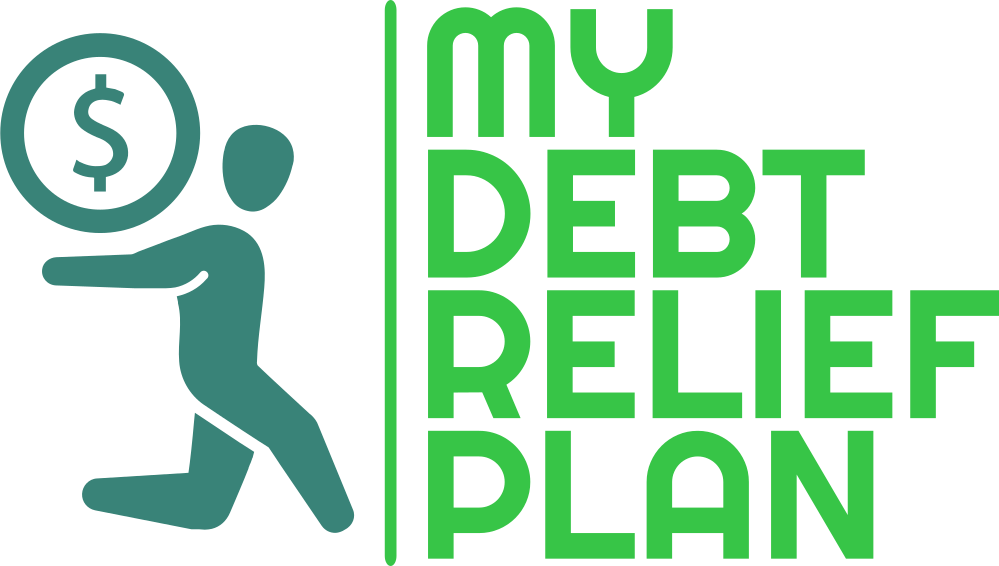Credit Card Debt Forgiveness – Is It As Good As It Sounds?
If you’ve been struggling under a mountain of credit card debt, you might have stumbled across the term “credit card debt forgiveness” or “credit card debt relief.” It can seem like an ideal way out: your debt wiped away clean.
In truth, however, credit card debt forgiveness is a rare and multi-step process that never involves just waving a magic wand until your debt goes away. It can also come with drawbacks that you might not expect.
Contents
What is Credit Card Debt Forgiveness
The first thing to know about credit card debt forgiveness is that the word “forgive” is a bit of a misnomer. Credit agencies aren’t going to just let you off the hook for what you owe.
Instead, the typical plan is to work with you to figure out how you can keep making payments. In exchange for your commitment, they’ll offer you some kind of deal. They might also forgive a small portion of your debt if you can pay off the majority of it.
Here are just a few ways to settle a credit card debt:
Debt management
This involves renegotiating the terms of your debt. You might get a new rate, agree to a longer payment plan, or consolidate your debt into a single monthly bill. Debt management can be offered by both credit card companies and third-party debt settlement agencies.
Debt settlement
This is when you offer to pay off a portion of your debt in order to be forgiven for the rest. For example, you might owe $10,000 and offer $7,000. If the creditors agree, they’ll erase the remaining $3,000.
Bankruptcy
This should be a last-ditch effort to escape credit card debt. It’ll wipe out what you owe, but it’ll have severe financial consequences for you.
If you have other types of debt beyond credit card debt, you’ll find that similar practices exist for other lenders. For example, things like medical debt and tax debt can also be handled via debt management plans.
What Happens If Your Debt is Forgiven
What’s next after credit card debt forgiveness? It depends on how you dealt with it.
If you entered a debt management plan, you’ll need to follow it faithfully. Defaulting on these payments is a big mistake: Credit card companies will stop showing you leniency if you abuse it.
If you declared bankruptcy, you’ll have to work around that burden for quite some time. Bankruptcies can stay on your credit report for 7 – 10 years, which can impact everything from your insurance rates to your financing options for cars, homes, and future loans.
Other Options Instead of Debt Forgiveness
If credit card debt forgiveness seems like too high of a price to pay for your mounting bills, there are other options to consider.
One tactic is to see if your credit card company offers any financial hardship programs. These might allow you to pause payments or work out payment plans for the backlogged debt if you’ve been going through a rough patch in life.
Another idea is to rework your personal budget:
– If you’ve been living beyond your means, now is the time to fix it. Create a personal budget that accounts for your income and expenses. Start calculating allowances for everything that you need.
– If you’ve been blowing money on a big occasion, like in the movie Bride Wars on DIRECTV STREAM, it might not be too late to stop your expenses. You can cancel venues, services, and other expenses. Don’t be afraid to lose some dollars in cancellation fees when you’ll save more by opting out of the whole thing.
Summary
Credit card debt can feel insurmountable when you’re in the midst of it. However, debt forgiveness isn’t the “get out of jail free” card that some people think. It can offer financial relief, but it’ll need to be carefully planned with your creditors. It should only be undertaken with a full understanding of what it actually entails.



